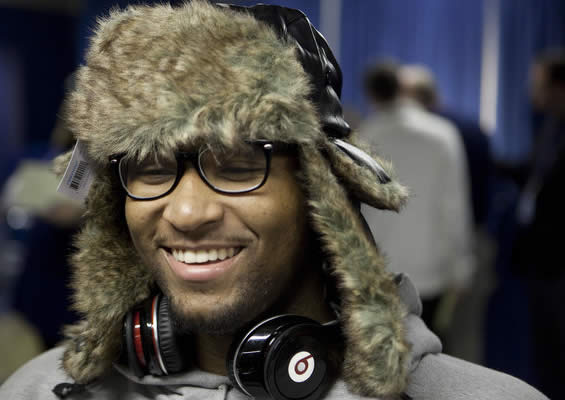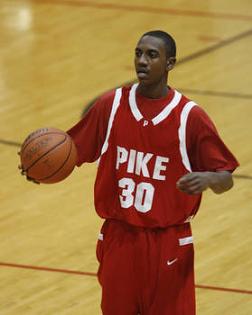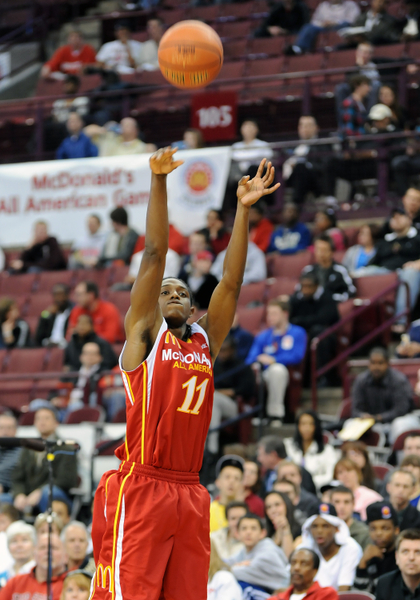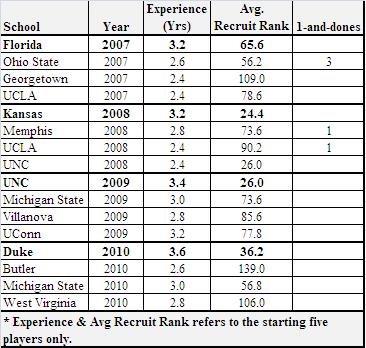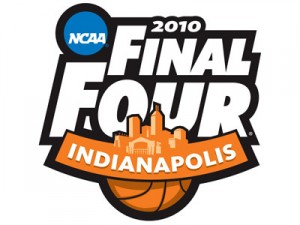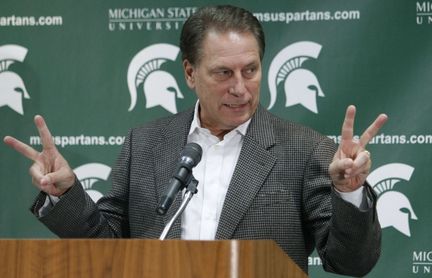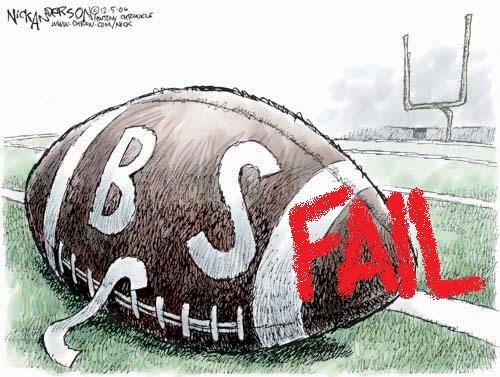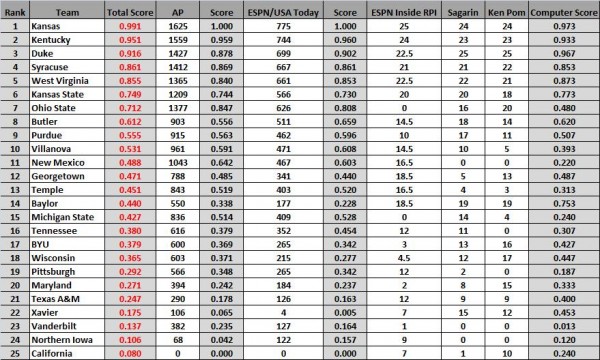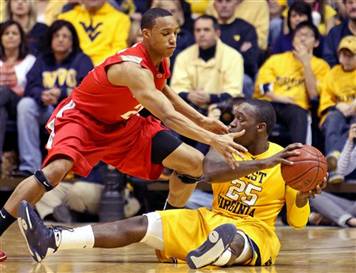RTC NBA Draft Profiles: Eric Bledsoe
Posted by jstevrtc on June 21st, 2010Over the course of the next month until the NBA Draft on June 24, RTC will be rolling out comprehensive profiles of the 30-35 collegians we feel have the best chance to hear their names called by David Stern in the first round that night. There won’t be any particular order to the list, but you can scroll back through all the finished profiles by clicking here.
Player Name: Eric Bledsoe
School: Kentucky
Height/Weight: 6’1/190
NBA Position: Point Guard/Shooting Guard
Projected Draft Range: Late First Round
Overview: Even with high school phenoms like John Wall, DeMarcus Cousins, and Daniel Orton headed to Lexington back in the fall of 2009, Eric Bledsoe was immediately liked by Kentucky fans. He was going to give their beloved team something they hadn’t had in a while — a designated shooter. Though Bledsoe was primarily a point guard in high school with reliable handle, he was also known as more than just a serviceable shooter from distance, a combination Wildcat fans craved at the time, especially considering the poor marksmanship and turnover-prone nature of Wildcat backcourts that preceded the Wall/Bledsoe duo. As if that wasn’t enough, even though Wall didn’t commit until later, Bledsoe won over many card-carrying Big Blue Nation members by expressing his desire to return Kentucky to hoops prominence, proclaiming on his signing day that he and his fellow recruits were coming to Lexington to “get shit right.” Playing out of position for almost every minute of his only college season, he gave the Wildcats what they expected — a good shooter who also provided a second point guard option, as well as a better-than-expected penetrator and creator. He shot 38% from beyond the arc, but his streaky nature meant defenses had to stay close to him, which enabled him to utilize his blistering first step to rocket past defenders.
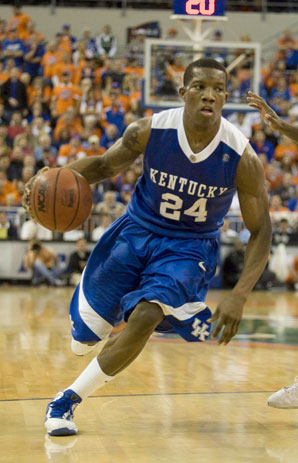
If he can motivate himself to improve on the defensive end, his value will increase during his early years in the league.
Will Translate to the NBA: Bledsoe’s a rock. He has tremendous upper body strength and he’s great at using it to blaze a path to the hoop, absorb contact, and still score. He’s quick in every direction, including straight up off the floor, and doesn’t lose much of that pace even when he has the ball. He’s shown that he can play both point guard and shooting guard at the elite college level, so the team that drafts him will feel like they’re getting a skill set that spans the job descriptions of two different positions. He definitely possesses a shooter’s mentality, and shows no fear in firing away even if he misses his first few attempts.
Needs Work: Bledsoe is streaky from long range, and on off-nights he would occasionally sulk, resulting in less production, more turnovers, and extended bench minutes. Though he started the season as a capable defender, this is an aspect of his game that actually got worse as the year progressed. His quickness should translate quite easily to the defensive side, so the fact that he went backwards in this area points to the fact that it’s a matter of motivation, and that won’t do in the NBA. Despite his upper body strength, he’s still just 6’1, and that underscores the need for him to get his head right as far as defense is concerned and become a good close-up defender. Finally, even though he’s got great springs, he doesn’t get a lot of elevation off the ground on his jumper, and he could use that at his height.






























